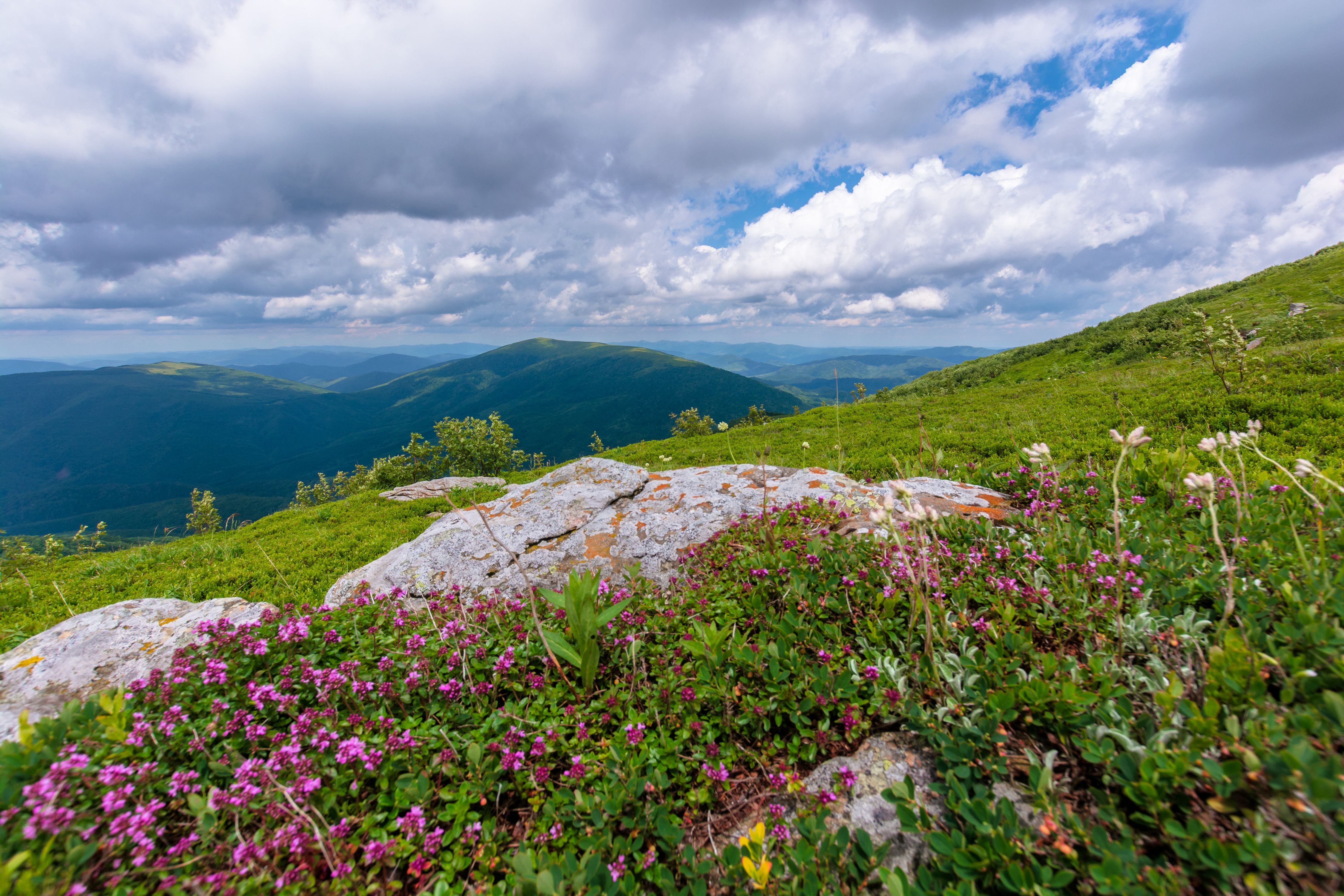How Climate Affects the Timing of Seasonal Wildflower Blooms on Hikes

If you love hiking and enjoy the beauty of nature, seeing seasonal wildflowers in bloom is often a highlight of your outdoor adventures. However, the timing of these blooms can vary greatly depending on the climate conditions where you hike. Understanding how climate affects wildflower blooms can help you plan your hikes to catch these vibrant displays at their peak.
The Role of Temperature in Wildflower Blooming
Temperature is one of the primary factors influencing when wildflowers start to bloom. Warmer temperatures typically signal plants to begin their growth cycles, leading to earlier blooms in warmer climates or during warmer years. Conversely, cooler temperatures can delay blooming until conditions are more favorable for growth and reproduction.
Impact of Rainfall and Moisture Levels
Adequate moisture from rainfall or snowmelt is essential for wildflowers to thrive. In regions where precipitation varies year-to-year, the amount and timing of rain can dramatically affect bloom times. For example, a wet spring may encourage an abundant and early display, while drought conditions might reduce or delay flowering altogether.
Elevation Effects on Bloom Timing
Elevation influences temperature and moisture levels significantly; higher elevations tend to have cooler temperatures and later snowmelt dates. As a result, wildflowers at higher altitudes often bloom later than those at lower elevations. When planning hikes across varying elevations, expect a progression in bloom times as you ascend or descend.
Regional Climate Differences Around Popular Hiking Areas
Different hiking regions experience unique climate patterns that shape seasonal blooms. In Mediterranean climates with mild winters and dry summers, such as parts of California, springtime brings spectacular wildflower displays after winter rains. Meanwhile, alpine areas might see summer blooms once snow has fully melted. Understanding local climate patterns helps hikers anticipate when flowers will be at their best.
Tips for Planning Your Wildflower Hiking Trips
To maximize your chances of seeing seasonal wildflowers on hikes: monitor local weather forecasts for temperature trends; check recent rainfall reports; research historical bloom periods for your destination; consider elevation changes along your trail; and connect with local hiking groups or park services for up-to-date information on current blooming conditions.
By appreciating how climate factors like temperature, moisture, elevation, and regional patterns influence when wildflowers appear along hiking trails, you can better plan your excursions to witness these natural spectacles at their peak beauty.
This text was generated using a large language model, and select text has been reviewed and moderated for purposes such as readability.


